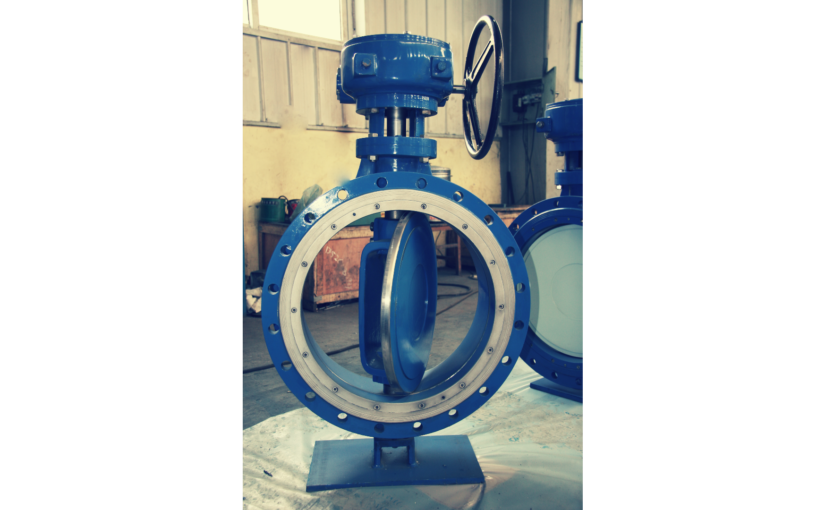Butterfly valves control the flow of materials along a tube or a circular pipe. Butterfly valves can usually control the flow of elements like air or liquids, but they can handle some types of dry materials too.
Butterfly valves are circular discs with the axis of the pivot set at ninety degrees to the flowing material’s direction. Usually, they consist of the following components:
- Body
- Disc
- Seam
- Actuator
- Stem
These parts or components are available in a wide variety of materials known as “trim features”. Trim features should be carefully combined by the material kind and their working environment.
Some applications demand more features from the valve like the following:
- Modifications in the way the disc is attached to the stem
- How the disc and stem assembly are mounted inside the body of the butterfly valves
- The disc undercutting
- Materials which make the packing and bushings of the step
- The presence of ring seals between the body and seat of the valve
- Some Rarer Types of Butterfly Valves
Types of Butterfly Valves
Some of the other, albeit, rarer types of butterfly variant of valves you will find in the market are as follows:
- Inflatable Seated Butterfly Valves
- Double Offset Butterfly Valves
- Triple Offset Butterfly Valves
Applications
Due to the exemplary performance provided by them, butterfly valves are used in a considerable number of industries like food processing, chemicals, water circulation, pharmaceuticals, steam and water services characterized by high pressure as well as high temperatures, fire systems, and much more.
Advantages of Butterfly Valves
These valves offer several advantages over conventional ball valves. These advantages include:
- Open fast and easy– The main advantage a butterfly valve has is that it can close or open the valve completely. This functionality is made simpler through the introduction of a gearbox which is attached to the valve stem.
- High in the economy– By its design, this variant requires using a lesser amount and number of materials, thereby reducing production cost to a significant extent. The wafer-like design is economical compared to its lug type counterpart.
- Design is Compact– Owing to the compactness of the butterfly design, this type of valve requires a lesser space when compared to other different valve types.
- Reliable– The lesser amount of maintenance required by this type of valve make it suitable for a wide range of industries. Also, these valves last longer than other types valves; therefore, it reduces the direct cost of operations.
- Better Shut-Off- Butterfly valves are excellent positive valves that shut off different kinds of material. The closing of the valve can easily displace these materials.
In the industrial scenario, as it stands today, the butterfly variant of valves are not only the most economical but are also found in several high-performance varieties, making it an unmatched valve type in terms of efficiency and performance besides cost-effectiveness.


